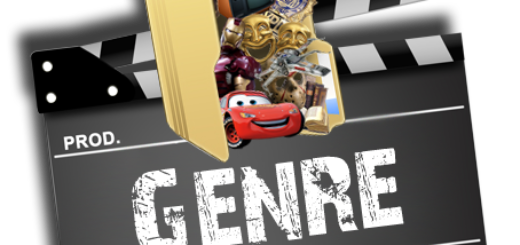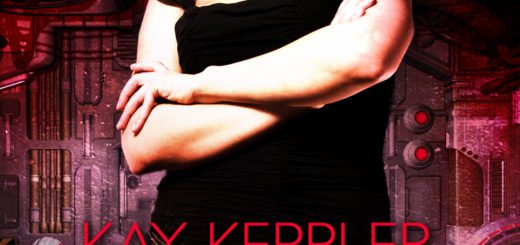Bare Bones: A Haunting Setting Game for Writers
 Welcome back to monthly columnist, Wyatt Bessing. A writing coach and teacher, author, Wyatt Bessing shares his fun take on games, play, and how they help our writing. This month Wyatt helps develop a haunting setting game for writers. Enjoy!
Welcome back to monthly columnist, Wyatt Bessing. A writing coach and teacher, author, Wyatt Bessing shares his fun take on games, play, and how they help our writing. This month Wyatt helps develop a haunting setting game for writers. Enjoy!
***
This was the writing assignment that inspired my first published children’s story: Write a bare bones short story of 300 words or fewer. It will have a simple plot, almost no description, and two (exactly two) plot twists.
Have you ever noticed that placing rules and restrictions on your writing forces you to hone your words, to become more exact and creative in your language use? It must have something to do with the way the rules engage the mind, providing a safe structure from which the creative spark can dance and attempt escape. By staying within the rules, I apply tension to my own writing, and that tension sizzles in the prose.
Bare Bones: A Haunting Story Game is intended to help you ratchet up the tension and precision in your language by placing some of those frightening restrictions on your own writing. This is a way to polish your setting description to its bare bones, illuminating the essentials just enough to give your reader a taste of the story world without boring them with unnecessary details.
I’ll readily admit it: Setting is not my strongest suit. I change my mind about setting throughout my first draft; doors, roads, and houses that didn’t exist on page one suddenly appear midway through the novel. Streets and even towns mysteriously change names. II tend to dribble setting out in drabs, fearful of boring my reader but easily forgetting what I’ve written before.
My challenge to you, as to myself: Develop a captivating setting in exactly 400 words, one that adequately describes your character’s house, backyard, suburb, wherever the majority of the action in your work-in-progress takes place.
You will need two six-sided dice. Here are the rules:
1. You have exactly ten minutes. Set a timer. You must keep your hand moving in your notebook, or your fingers moving across the keys, for that entire time. If you’re stuck, just write “I’m stuck” or look up and put some setting detail from your surroundings into your story.
2. Add some weather. It occurs to me that I don’t know what the weather is like as my novel begins, so I’ll create a chart of weather and roll a die to figure it out. It’s set in the Bay Area of California, so I can rule out snow.
1: rain
2: sun
3: mild
4: foggy
5: chilly
6: still
Interestingly, I roll a 6 and instantly think of earthquake weather. Since this is a story about a superstitious little boy, I can definitely work this into the story.
3. Now, the tough part. Rhyming words! Roll two dice and add them up for the first rhyming word. Roll again to get the word with which it rhymes. Then do it again to get another pair of rhyming words, counting from the last.
I want to work on wordcraft as well as setting. For some of these words to rhyme, you might have to rewrite a bit to make it work, but that’s part of the fun. Of course, you’ll also revise to pare your writing down to exactly 400 words after your 10-minute non-stop writing spree. Stop rhyming and revising when the blood pools on your fingers and all your words begin to haunt you. For that’s when you know your writing is powerful.
When it starts to feel haunting, dangerous, and fragile, you have begun to write.
***
 Wyatt Bessing is a writer, writing coach, and learning specialist. His stories and essays have appeared in Bedtime-Story.com, Outsider Ink, national educational assessment materials, and in the anthology Dance, Human Rights, and Social Justice. Through his workshops, website, and blog at wyattgbessing.com, he guides new and experienced writers in crafting more effective, expressive, and striking work. During the day, he works at Star Academy in San Rafael, teaching reading and comprehension skills to students with learning differences in elementary through high school. He lives in Santa Rosa, CA with his wonderful fiance and co-creator, Sarah Laugtug.
Wyatt Bessing is a writer, writing coach, and learning specialist. His stories and essays have appeared in Bedtime-Story.com, Outsider Ink, national educational assessment materials, and in the anthology Dance, Human Rights, and Social Justice. Through his workshops, website, and blog at wyattgbessing.com, he guides new and experienced writers in crafting more effective, expressive, and striking work. During the day, he works at Star Academy in San Rafael, teaching reading and comprehension skills to students with learning differences in elementary through high school. He lives in Santa Rosa, CA with his wonderful fiance and co-creator, Sarah Laugtug.






